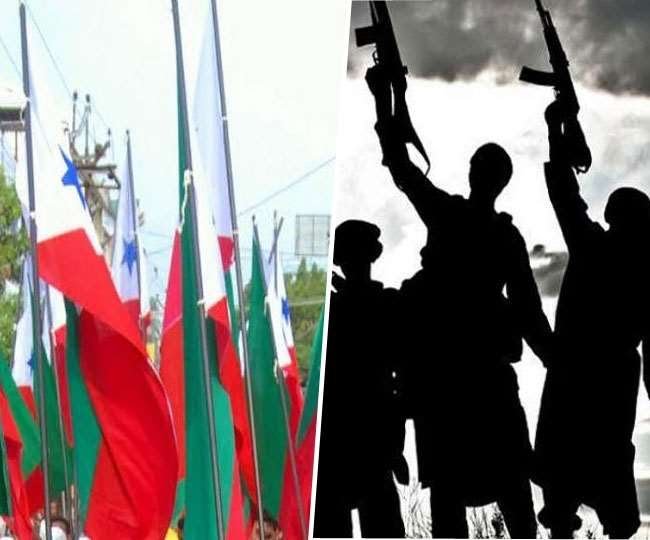PFI – What is the work of the organization, why again it has come in the discussion, What is its relation with Delhi riots?


Once again the name of PFI (Popular Front of India) has come in front of the investigating agencies in the case of disturbing the peace of Delhi. There is hardly any occasion when the connection of this institution does not come out from somewhere in the matter of spoiling the atmosphere in the country. Be it the time of the demolition of Babri Masjid, or this year’s case of disturbing the atmosphere over the CAA and NRC, or the conspiracy to riot in Muslim-dominated areas of Delhi, the PFI has been held responsible for all this.
Before violence in Jahangirpuri, its name had also appeared in the Hathras incident of UP. It is being said that PFI spoils the atmosphere by spending huge amount on such occasions. Sometimes their intentions come to the knowledge of intelligence agencies, and sometimes they are mistaken as seen in the violence in Jahangirpuri.
What is PFI? what are its claims
Popular Front of India or PFI is an Islamic organization. This organization describes itself as a voice for the rights of the backward and minorities. The organization was established in 2006 as the successor of the National Development Front (NDF). The roots of the organization are deep in Calicut, Kerala. At present, its headquarters are being told in Shaheen Bagh, Delhi. Shaheen Bagh is the area where the longest agitation against CAA and NRC took place in the country for 100 days.
Being a Muslim organization, most of the activities of this organization revolve around Muslims. There have been many such occasions when people associated with this organization have come on the streets for Muslim reservation. The organization came into the limelight in 2006 when the National Political Conference was organized on their behalf at Ramlila Maidan in Delhi. Then a large number of people had registered their presence in this conference.
At present, it is being said that the roots of this organization are spread in 24 states of the country. Somewhere its members are more active and somewhere less. But there is no denying that their roots are deep in Muslim-majority areas. The organization describes itself as an advocate of justice, freedom and security and from time to time opens a front for atrocities on Dalits, Adivasis across the country apart from Muslims.
Deep rooted in collaboration with other organizations
Apart from NDF, PFI has made its inroads in many states in association with other organizations including Karnataka Forum for Dignity, Tamil Nadu’s Manitha Neeti Pasrai, Goa’s Citizens Forum, Rajasthan’s Community Social and Educational Society, Andhra Pradesh’s Association of Social Justice etc. . There are also many branches of this organization. In which – National Women’s Front for women and Campus Front of India for students. Since its formation, this organization has been accused of many anti-social and anti-national activities.
PFI’s old relationship with controversies
PFI is called the B wing of Students Islamic Movement of India i.e. SIMI. SIMI, which was organized in the year 1977, was banned in 2006. After this it is believed that this organization was formed in the name of getting the rights of Muslims, Adivasis and Dalits
It is believed that the functioning of PFI was similar to SIMI. In the year 2012 also, there has been a demand to ban this organization. After that this year, UP Deputy Chief Minister Keshav Prasad Maurya also demanded a ban on the organization. A letter has also been written to the Ministry of Home Affairs for this, but permission has not been received yet.
According to intelligence inputs shared by Uttar Pradesh Police with central agencies and the Ministry of Home Affairs, during the anti-Citizenship Amendment Act protests in UP, Shamli, Muzaffarnagar, Meerut, Bijnor, Barabanki, Gonda, Bahraich, Varanasi, Azamgarh and Sitapur areas PFI has been active in Similarly, their role in instigating riots in many places has also come to the fore. The organization remains ahead in helping in every way to spoil the environment.
DISCLAIMER: The author is solely responsible for the views expressed in this article. The author carries the responsibility for citing and/or licensing of images utilized within the text.
